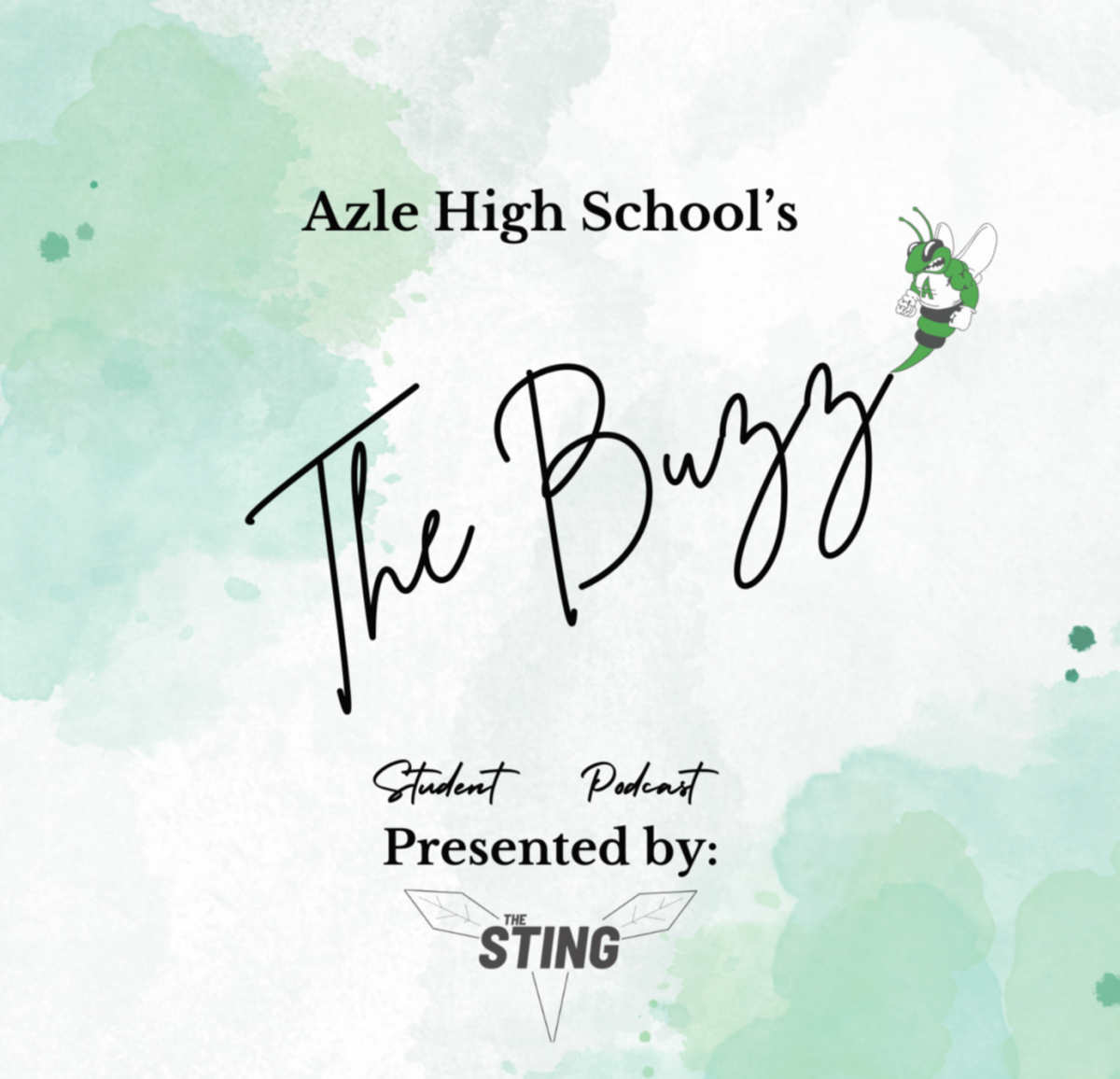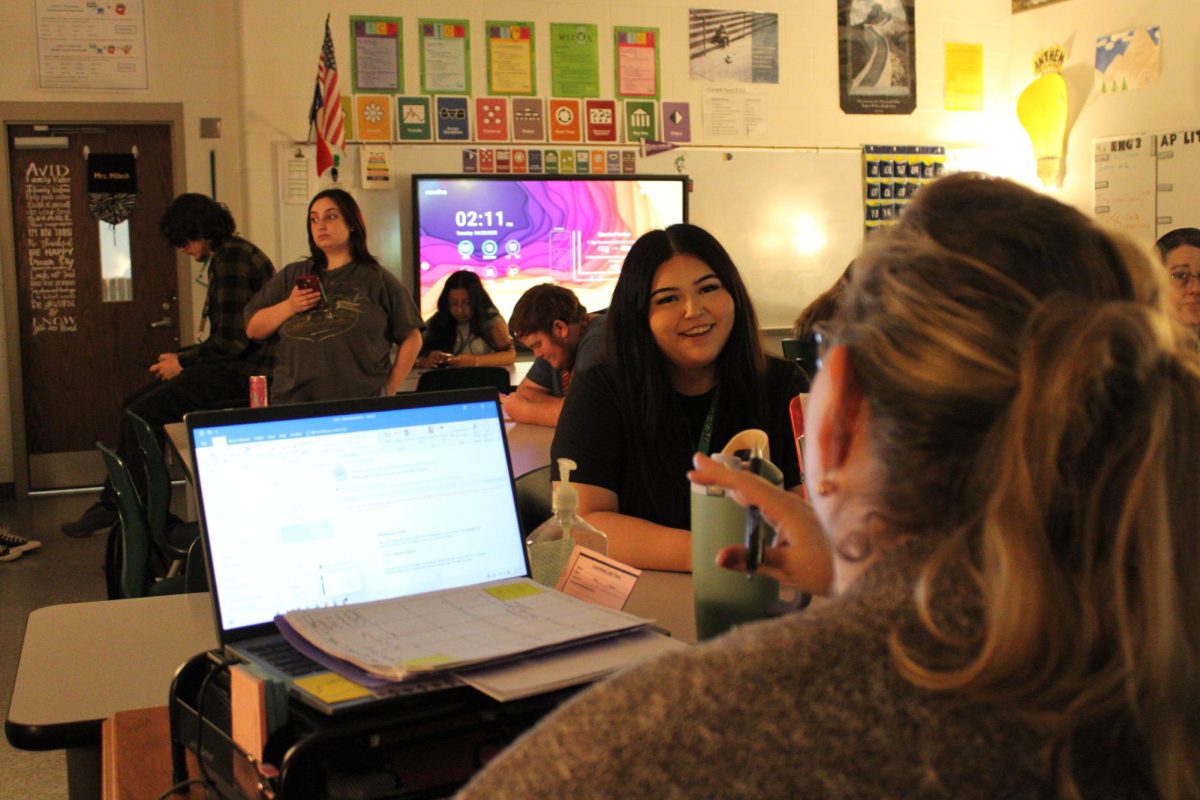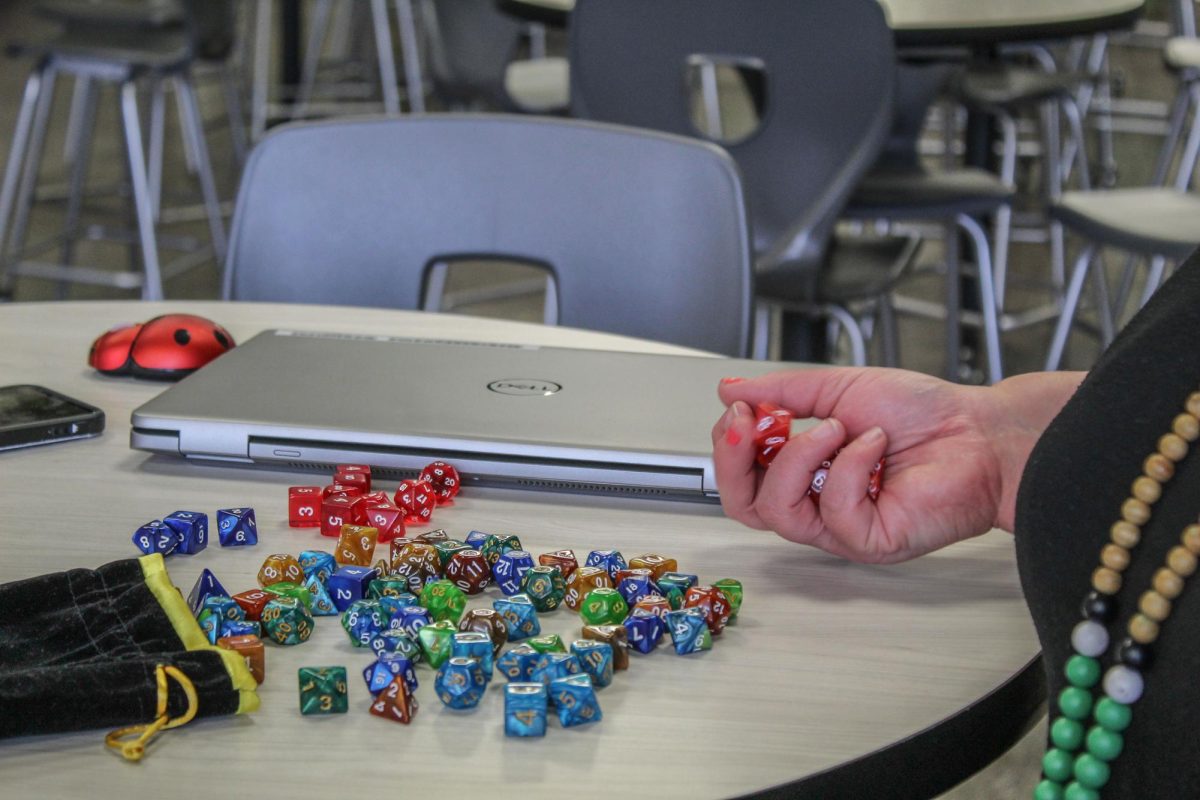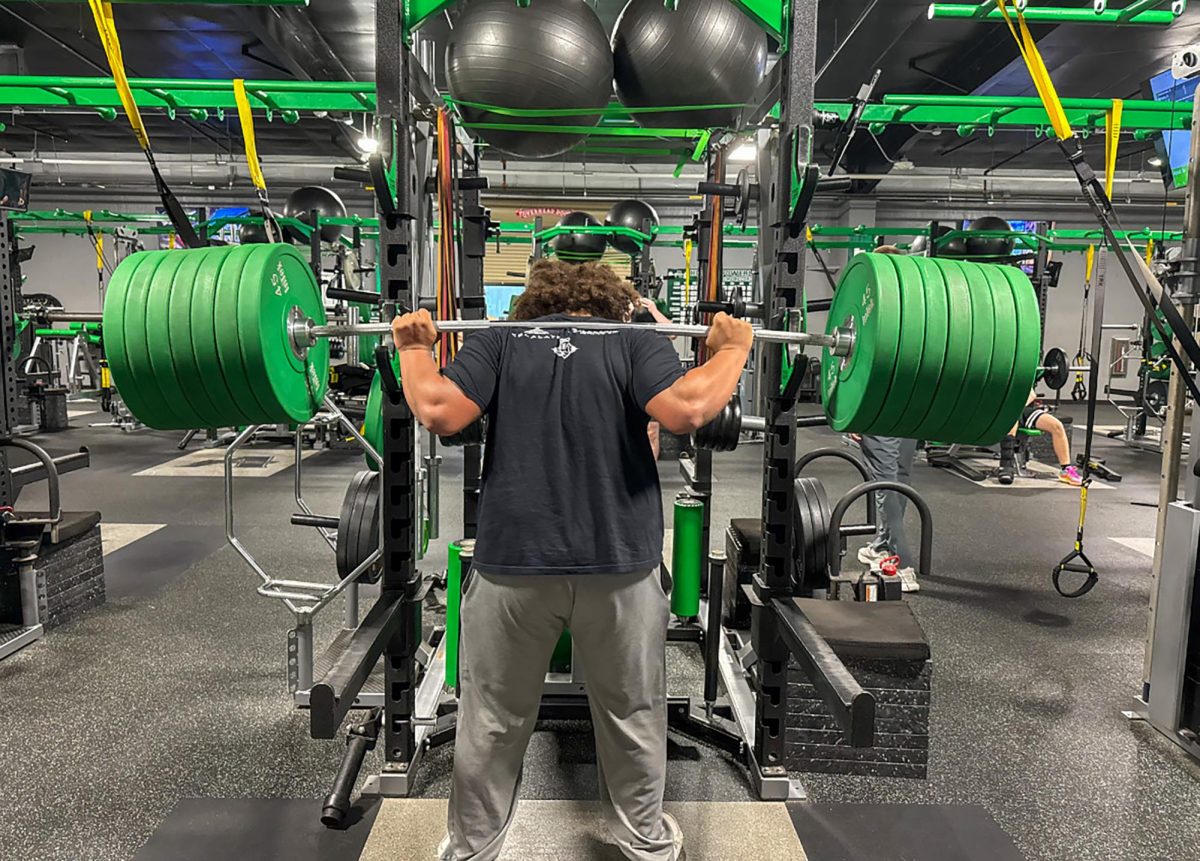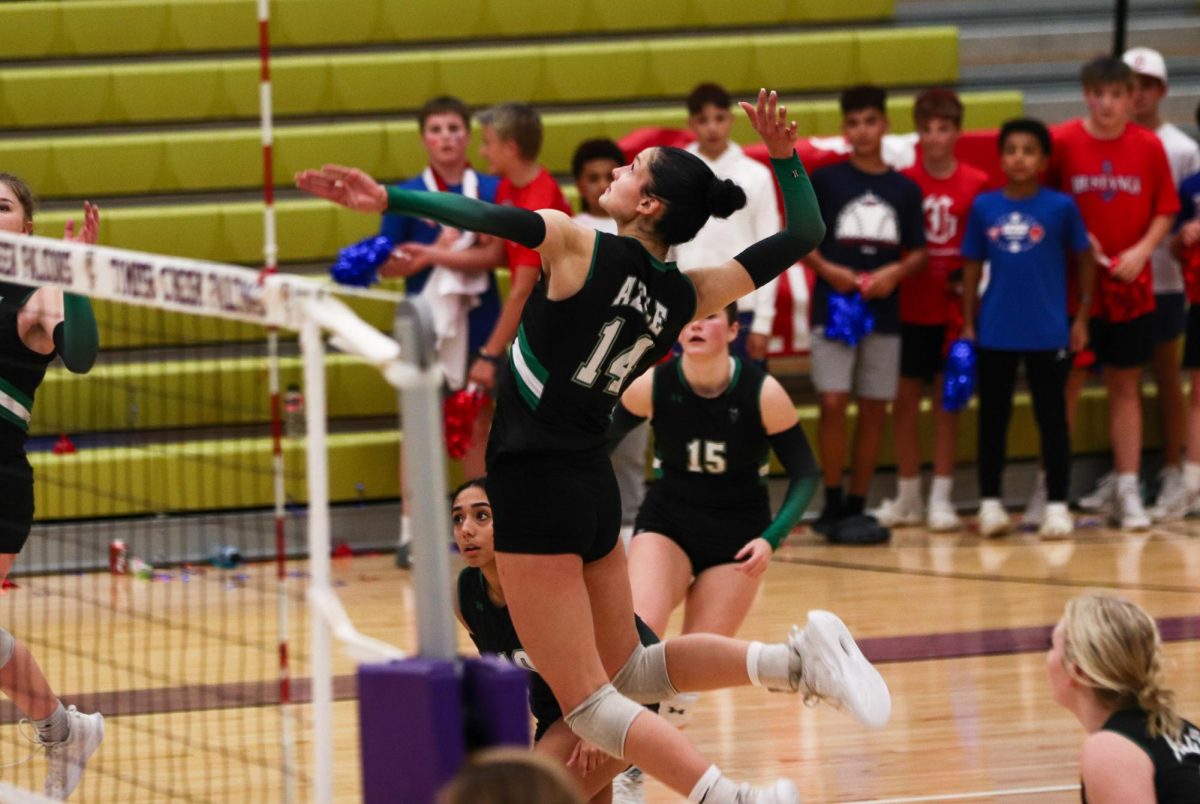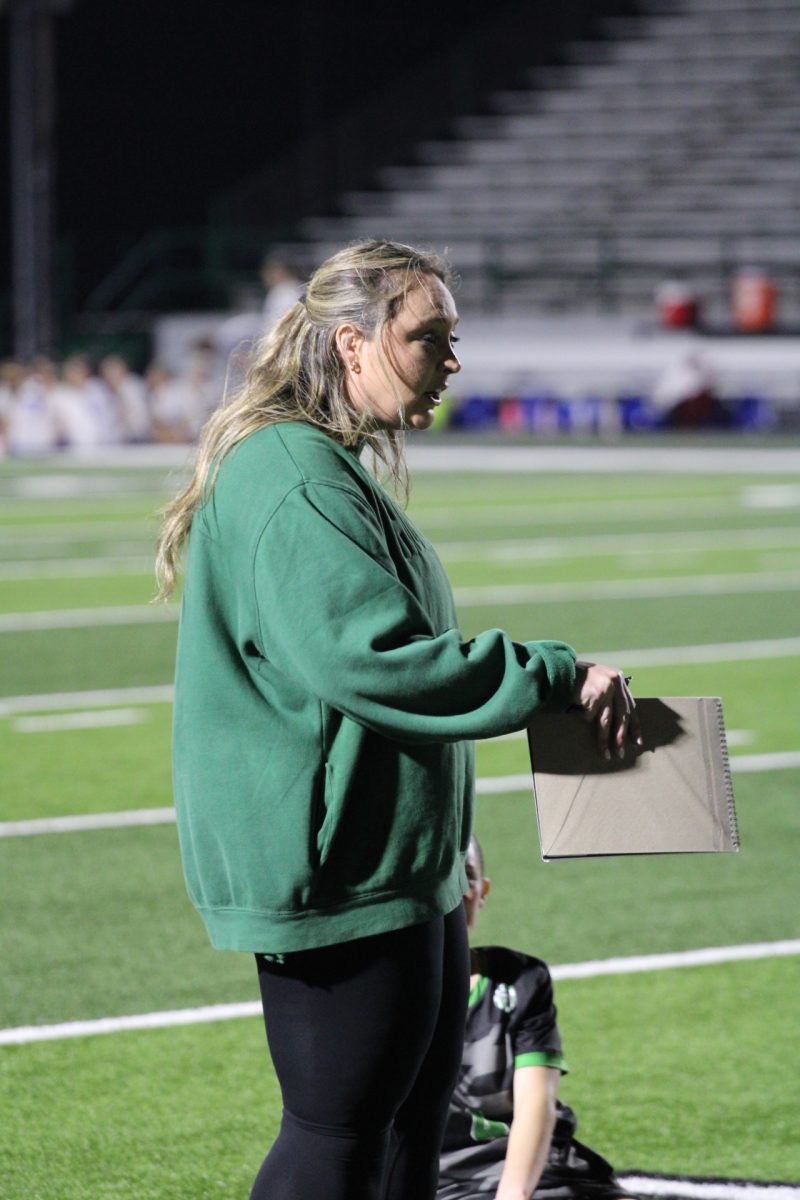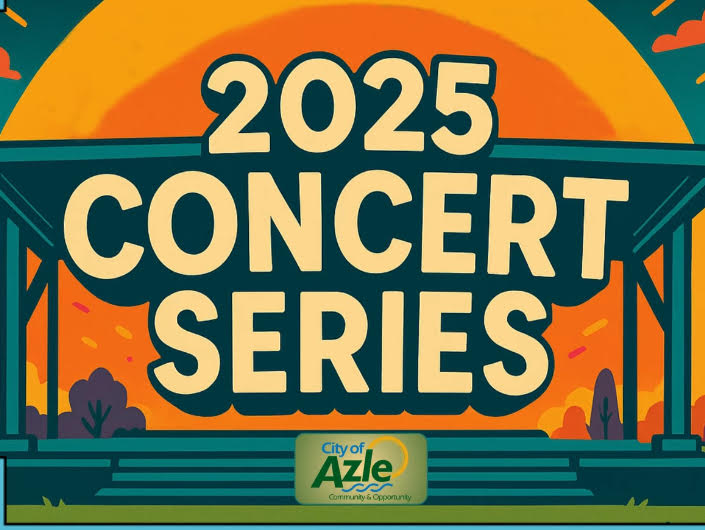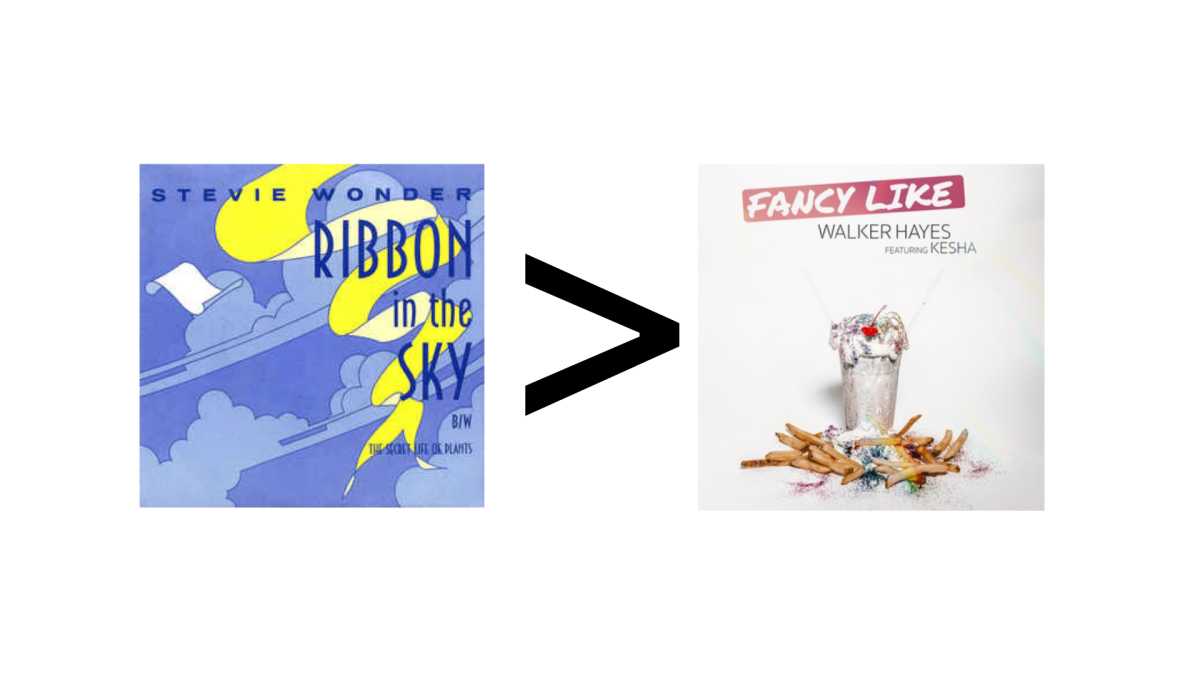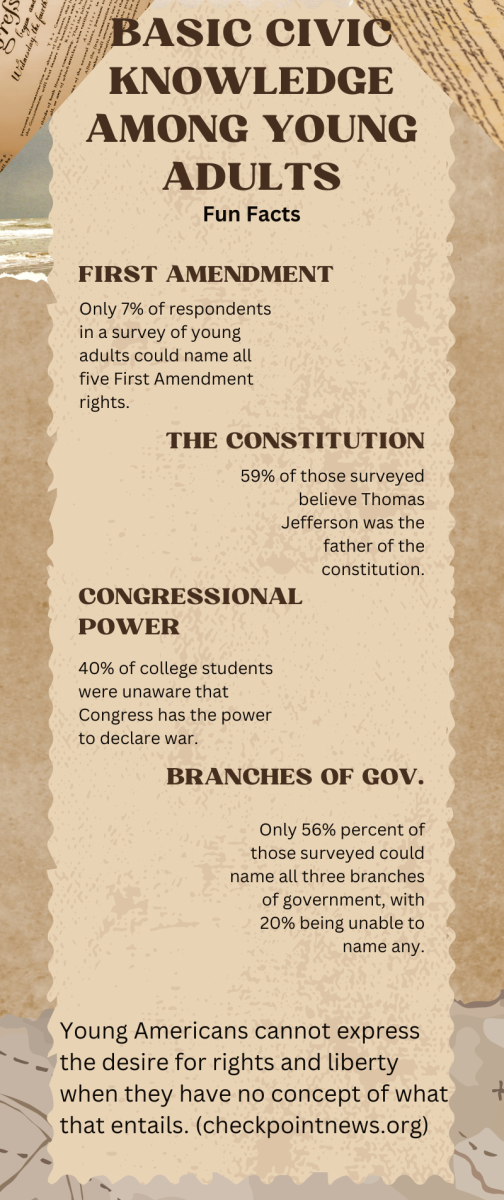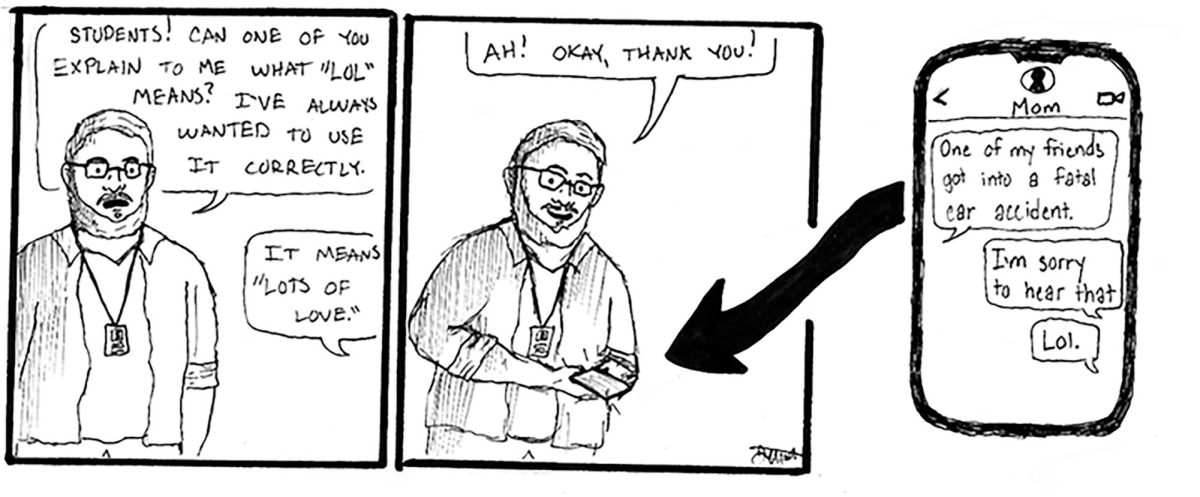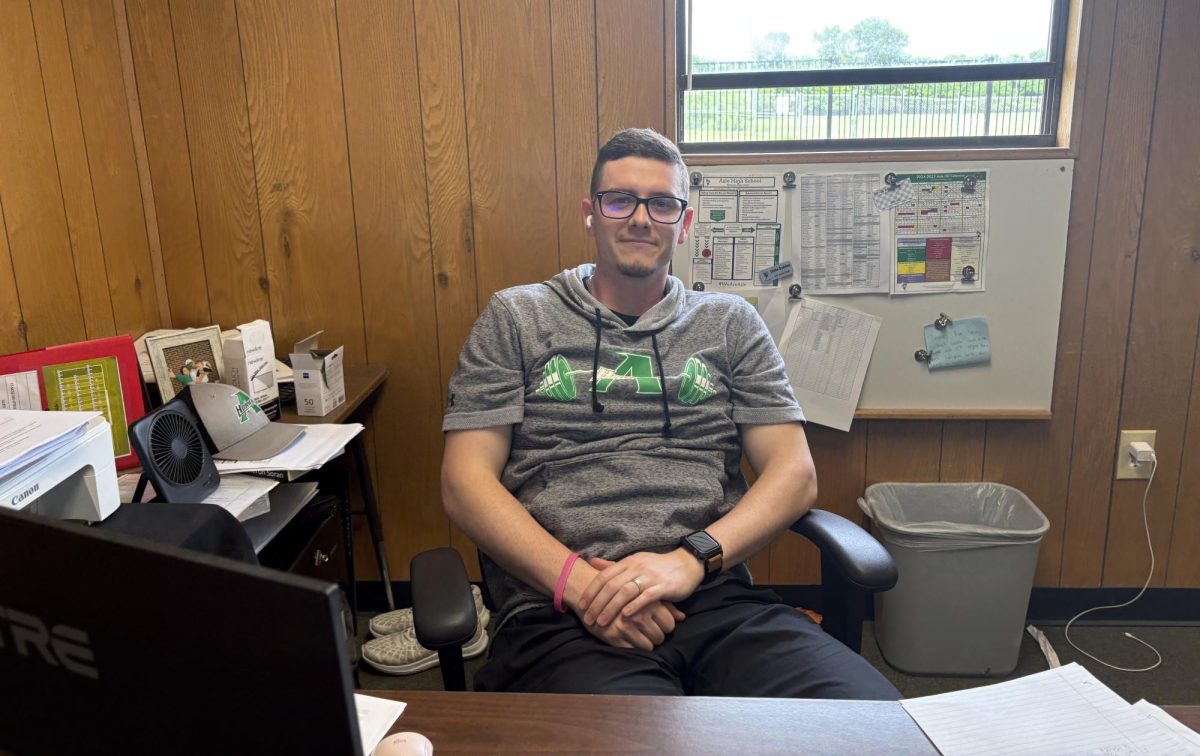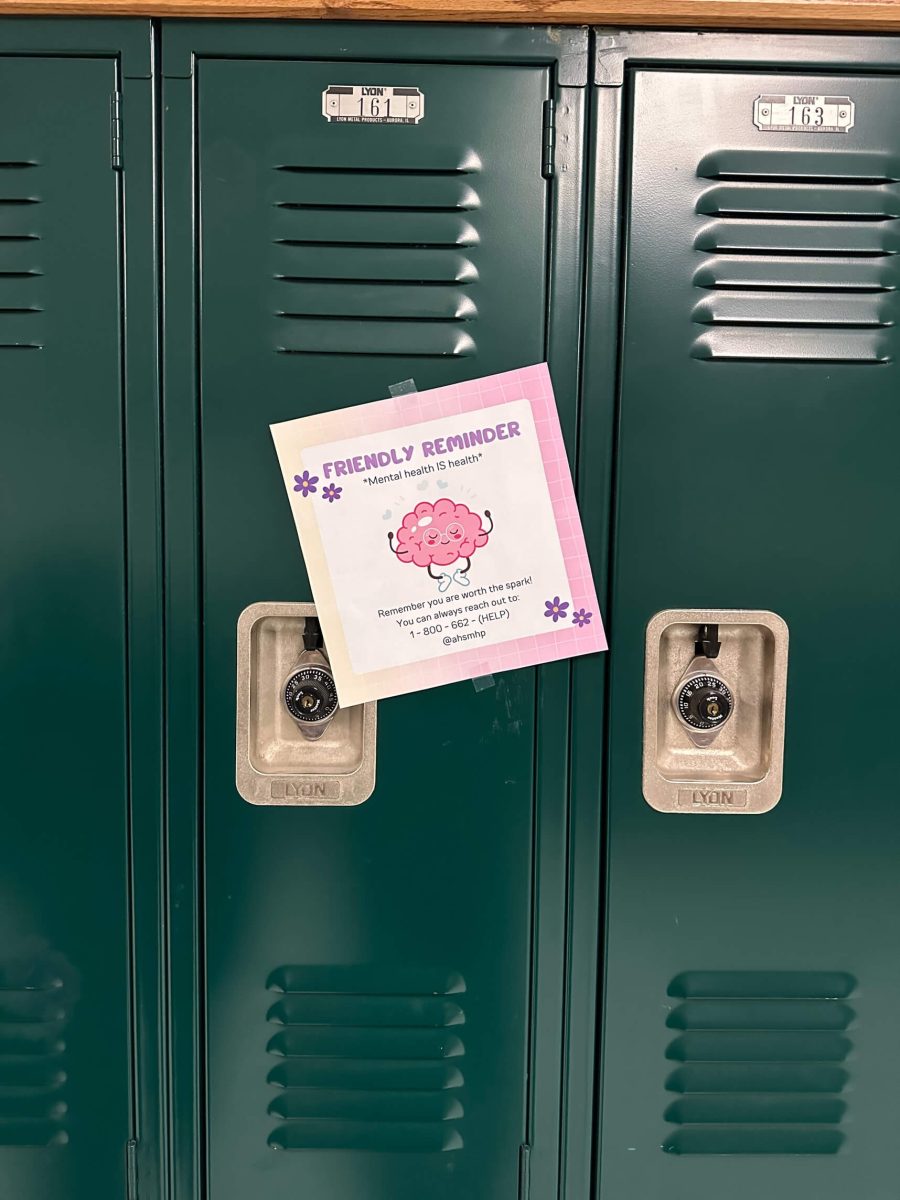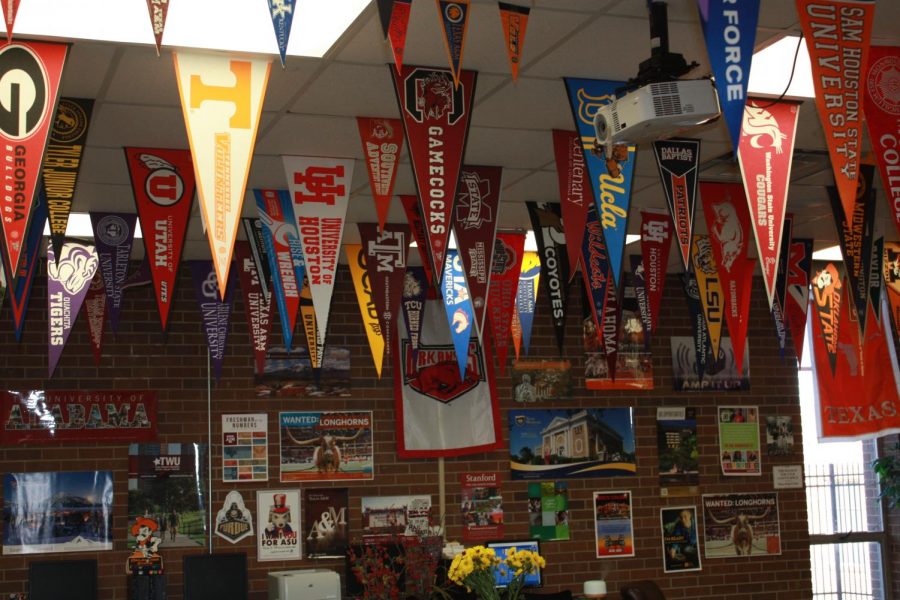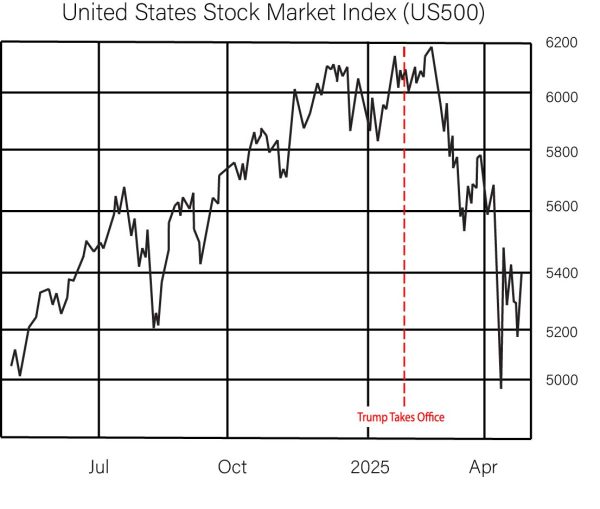What Colleges Have to Say About the Class Rank System
A photo of the college flags in Ms. Sturatt’s room.
Class ranks have been a ranking system for high schools and colleges worldwide for decades. Historically, these ranks helped colleges get a good look into the context of students’ GPA.
However, these ranks can be stressful, and can sometimes dominate high-achieving students’ lives.
Molly Pfeiffer, a college advisor from Blinn College shared some of her personal experience with class ranks.
“When I was in high school [rankings] had a really big effect on students because, to be in that top 10 percent, you had to have like a 4.3 GPA,” she said. “Which is absolutely insane.”
In the past, colleges have looked at multiple things, but the big 3 have been class rankings, GPA, and any extracurricular activities a student has participated in. Colleges now do something called a Holistic review. Amy Kubak from Stephen F. Austin helped us get a bit of an insight on this method.
“If a student doesn’t meet the ranking for admission, then we will do a holistic review,” she said. “So that way, it takes a little bit of the ranking out of it and looks at the big picture of the student which can certainly help because you’re looking at things like honors classes, and extracurriculars.”
College adviser Spencer Ball from Alabama also mentioned holistic reviews. He said they are a method that colleges use for admission and it takes a look at not just you as a student, but you as a person. It looks at teachers’ comments about you, any extracurricular activities, how you have helped your community and other aspects of your personal life.
“Alabama specifically uses holistic reviews with your application,” he said. “They look at GPA, test scores, extra-curricular activities and it’s something we are working with right now so you have those accurate statistics, and a fair admission.”
According to Pfeiffer, since the COVID-19 pandemic in 2020, colleges have stopped looking at SATs and GPAs as much. This leaves a huge gray area for ranks. So, what can be done?
“It’s best to not mainly focus on [ranks],” she said. “If you don’t have that 4.0 GPA, or the highest SAT score or rank, try and do as much community work as you can. So many students focus on these ranks and outside of high school, they are irrelevant.”
Ranks are still important. However, they are not the main priority. Colleges still look into those GPAs and SAT scores along with rank, but they are trying to be more inclusive. They deep-dive into students’ community service and extracurricular activities. For students who might be concerned with a low ranking or less than perfect GPA, they should consider how they have helped their community inside and outside of the classroom environment.
“We look at where they are ranking but also are looking at everything that they’ve been doing,” Kuback said. “Like as far as what type of classes they are taking. So we will look at students who have maybe taken a little bit more initiative to take honors classes or AP-type courses, dual credit-type classes.”
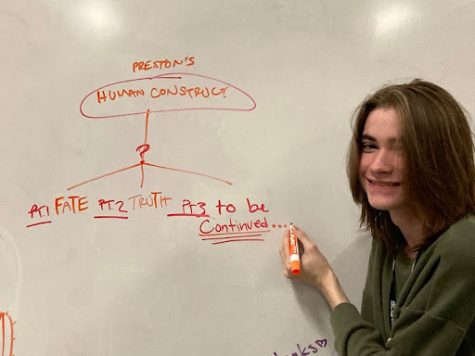
I'm a member of the newspaper. I like modern poets like Jermaine Lamarr Cole as well as Kendrick Lamar Duckworth.
"Call Me Ishmael."






